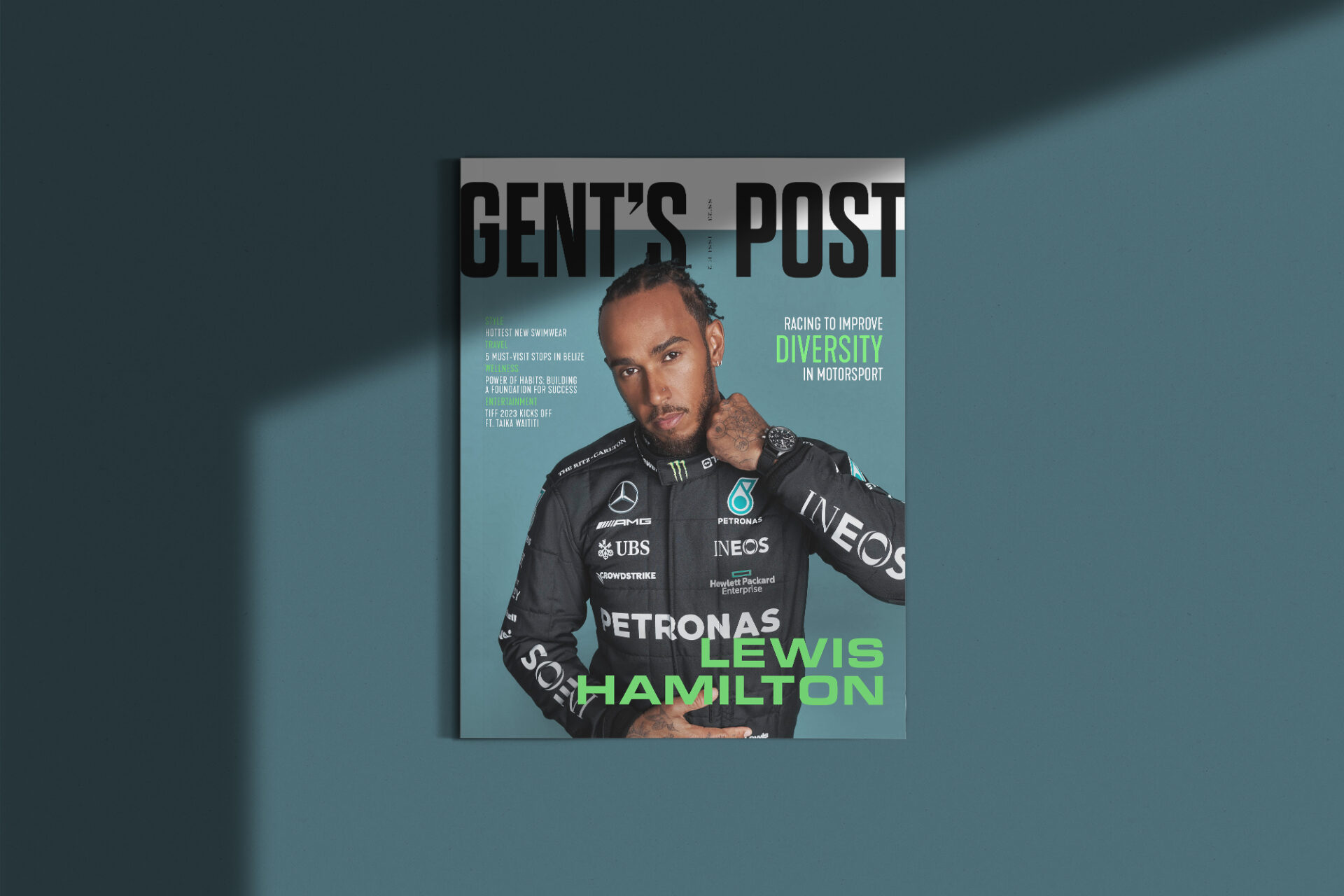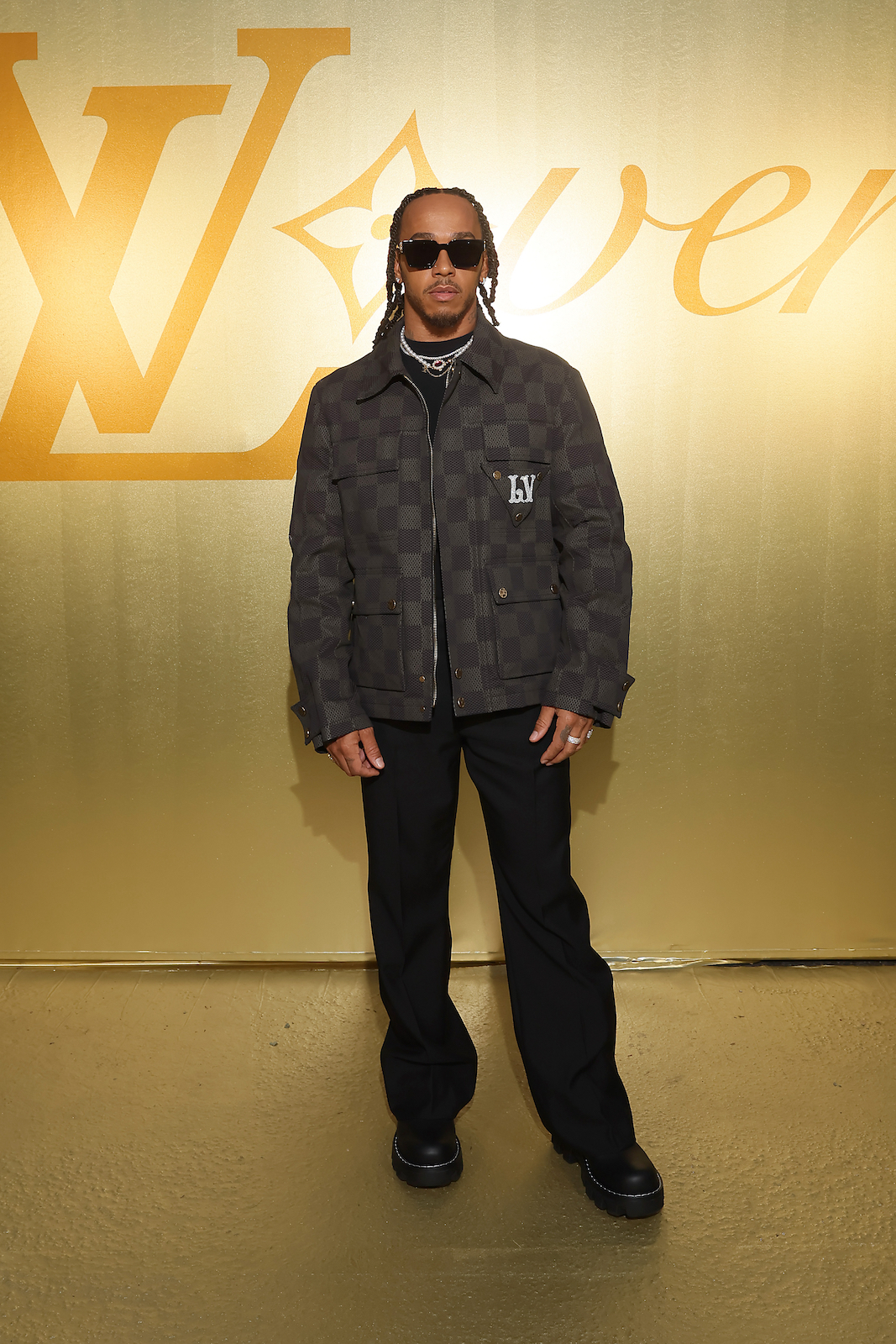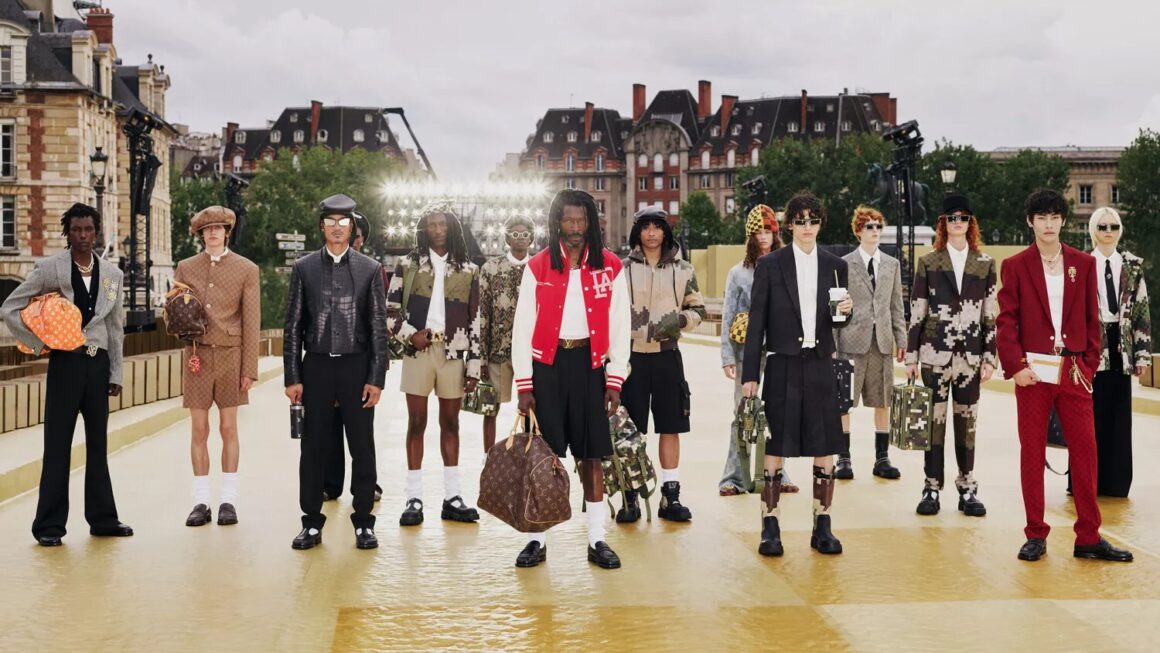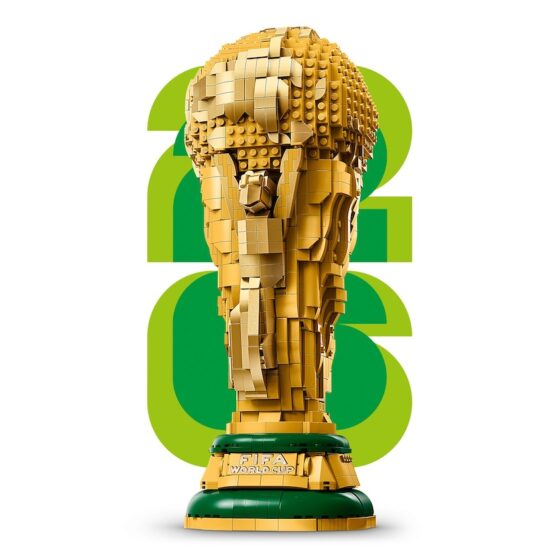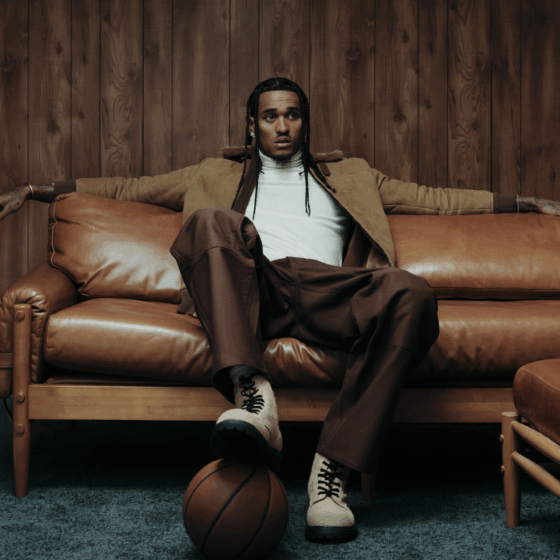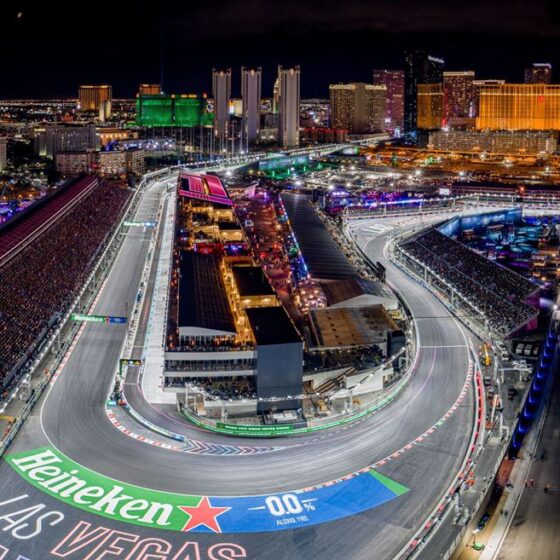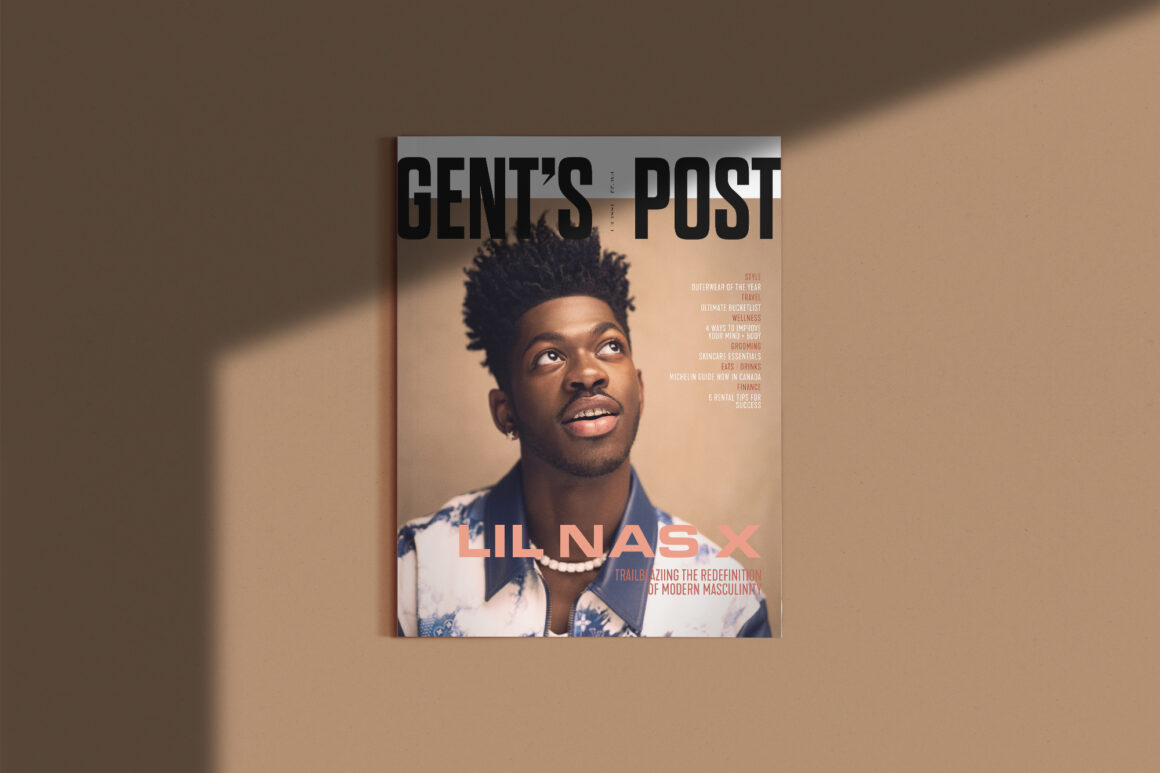Even those not familiar with Formula One (F1) racing know the name Lewis Hamilton. The seven-time world champion racer is the current record holder for the most wins, pole positions, and podium finishes in F1 history. He’s also the first Black F1 driver.
But Sir Lewis Hamilton, who was knighted in 2021, is more than just a global sporting icon and inevitable hero to countless up-and-coming racers: he’s a relentless social activist, fashion designer, musician, and force for combating racism and increasing diversity in motorsport. The world has taken notice; Hamilton was named 1 of TIME magazine’s ‘100 Most Influential People’ in 2020 for his importance both on-and-off the track.
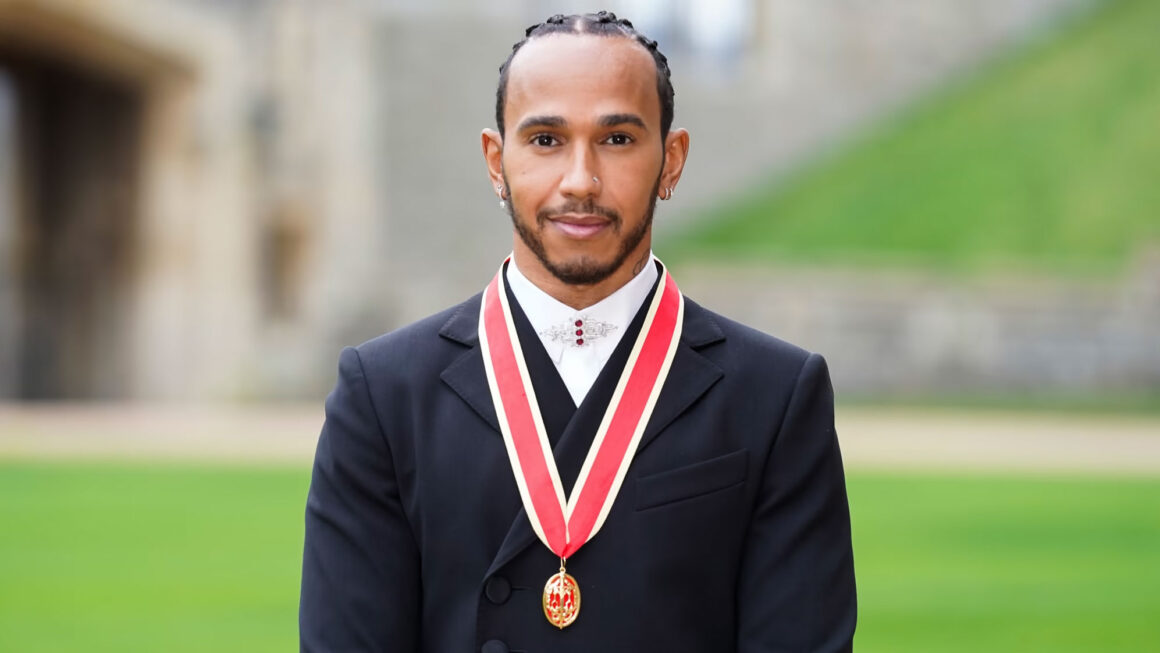
SEE MORE:
Ferrari takes pole position as F1 team valuations hit new high >>>
Mavericks of Motorsport: Lewis Hamilton joins Mercedes-AMG >>>
ADVERTISEMENT |
At this year’s Formula One Canadian Grand Prix this June, Hamilton joined Canadian race car drivers Demi Chalkias and Marc Lafleurat the Ritz-Carlton Montreal for the “Mavericks of Motorsport” panel discussion presented by Mercedes-AMG. It offered insight into what fuels Hamilton to think and act in an independent way, often breaking norms, and how this approach has driven him to achieve personal and career goals. The conversation was moderated by award-winning Canadian sports broadcaster, producer, and entrepreneur, Kayla Grey.
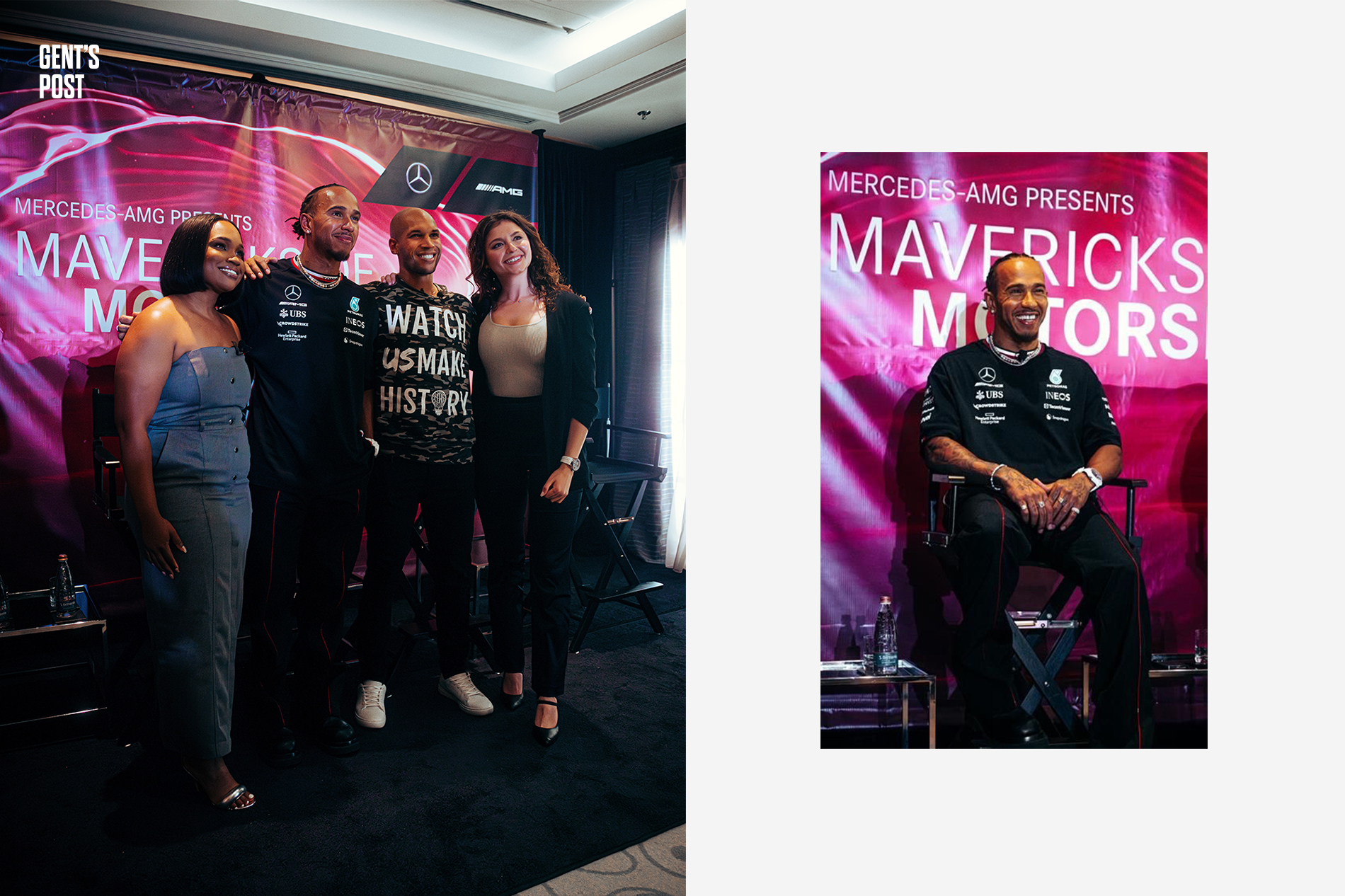
From humble starts to dominating the track
Hamilton, a 38-year-old United Kingdom (UK) native, was born and raised in Stevenage, Hertfordshire and began with modest means. Hamilton told Grey that his parents put their life savings into his racing career to fuel his childhood passion for the sport. It quickly began to show promise of paying off: Hamilton’s early talents were recognized when he was just 10-years-old and won his first British go-carting championship.
Hamilton joined the McLaren young driver programme in 1998 when he was barely a teenager. This lead to a F1 drive with McLaren from 2007-2012, where Hamilton became the first – and, so far, only – Black driver to race in the series, setting numerous records in the process. In the following season, Hamilton became the then-youngest ever F1 champion.
ADVERTISEMENT |
After his 6-successful-years with McLaren, Hamilton signed with Mercedes in 2013. In 2014, with the dawn of a new era in the sport owing to a major power unit shift, Hamilton secured a second Drivers’ Championship. The following year saw 10-wins and 17-total-podiums for Hamilton, which netted a 3rd world title. At this point, he had long become a household name.
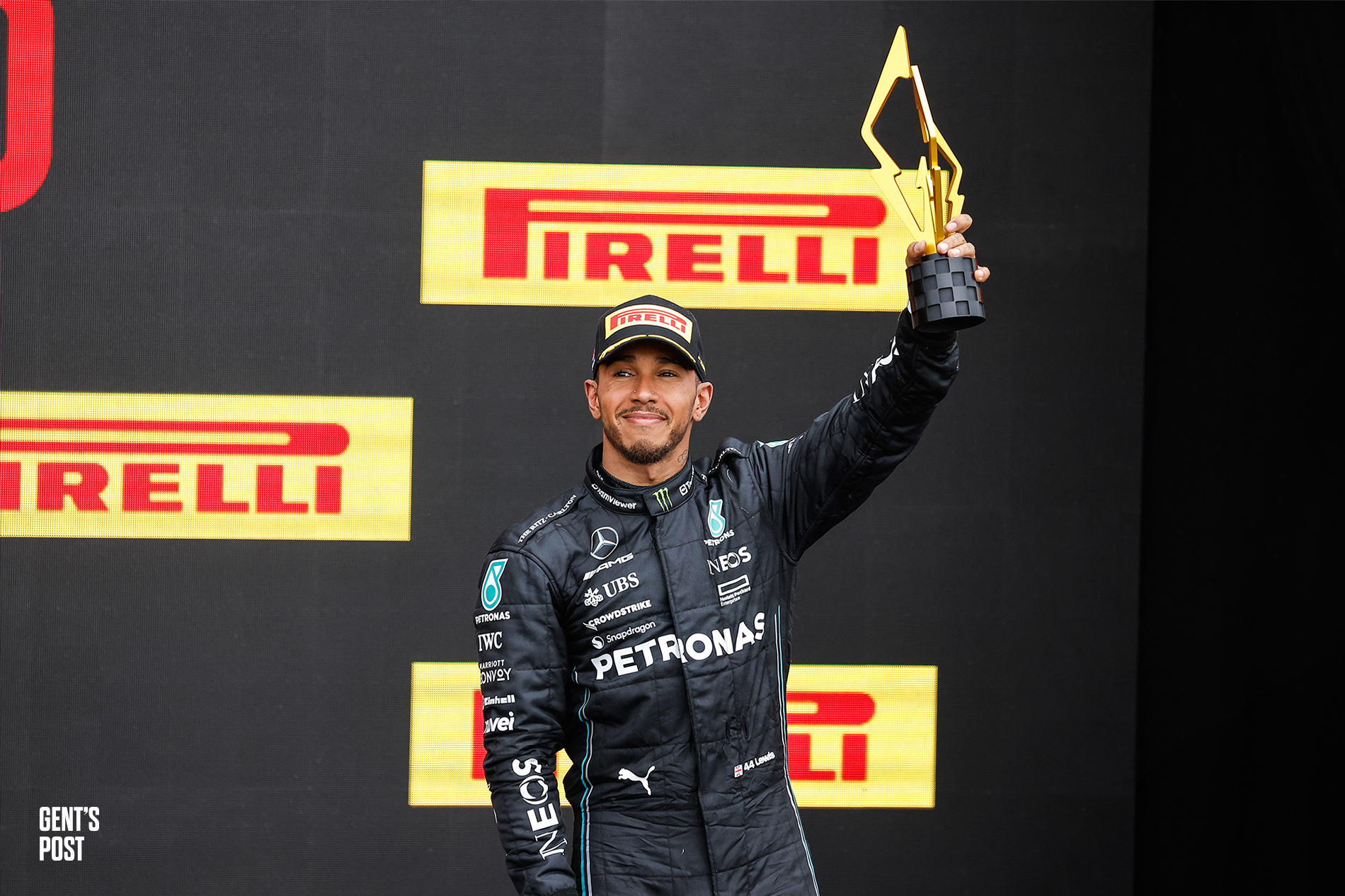
Racing ahead and record-breaking
While he narrowly missed out on the world title in 2016, Hamilton secured it again in 2017 with 2-rounds to spare. This started a run of 4-consecutive Drivers’ Championships for Hamilton. Along the way, he shattered many of the most prestigious records in the sport, including famously surpassing Michael Schumacher’s tally of F1 race wins in 2020. At the Turkish Grand Prix that same year, Hamilton matched Schumacher’s record of world titles with his 7th championship.
An intense 2021 season saw Hamilton became the first driver to reach both 100-wins and 100-pole positions in the sport’s history. After a year-long battle, he narrowly lost out to 1 of his greatest competitors, Red Bull’s Max Verstappen, in controversial circumstances but still helped his team Mercedes to its eighth consecutive Constructors’ title.
ADVERTISEMENT |
While the 2023 season isn’t panning out exactly as Hamilton had hoped – he was just dropped from the sprint shootout after a disappointing sprint qualifying session in the F1 Austrian Grand Prix – it’s likely just a blip for the celebrated racer, who we won’t see hang up his helmet and retire any time soon.
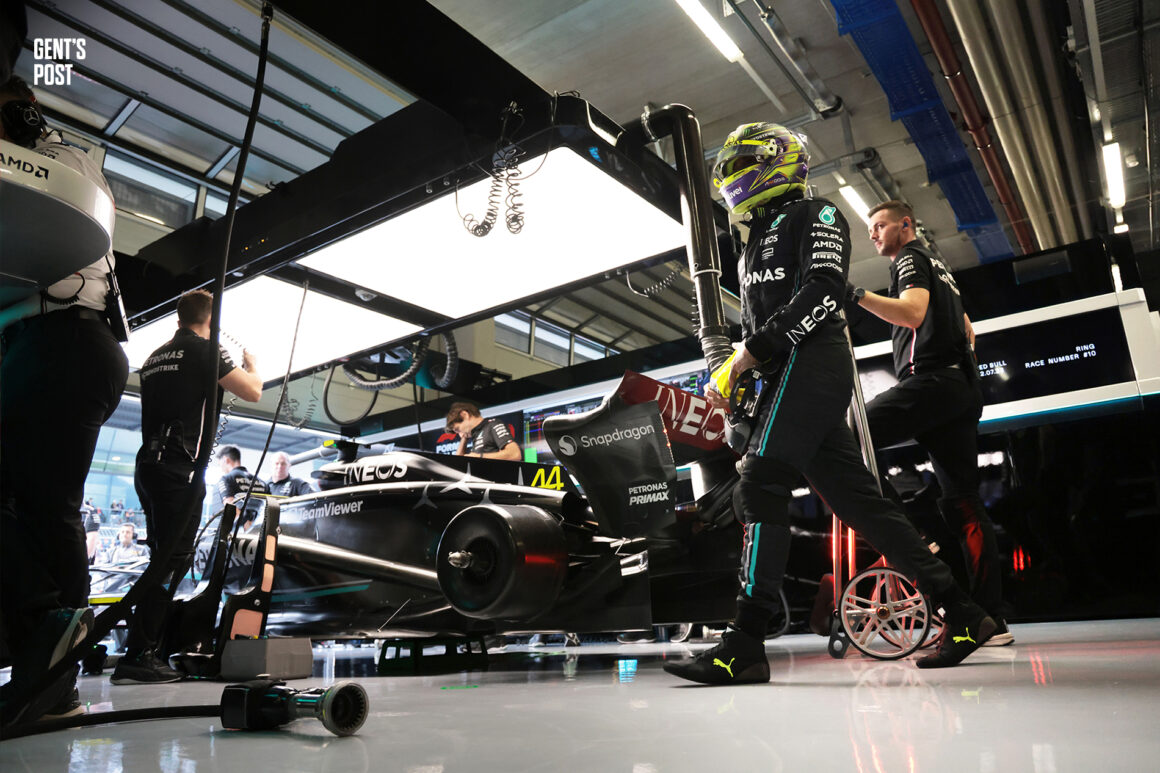
Changing the status quo
Hamilton has a loud and clear mission to improve diversity in motorsport. After reviewing the lack of diversity within the end-of-season photo in 2019, Hamilton set out to understand the specific barriers to the recruitment and progression of Black people within UK motorsport and to understand the hard facts. He formed The Hamilton Commission, alongside The Royal Academy of Engineering, facilitating an opportunity to simultaneously address the underrepresentation of Black people in UK motorsport, as well as the STEM sector.
Following a 10-month research period, which included initial data analysis, stakeholder mapping, a literature review in sport, education and employment, as well as primary quantitative and qualitative research with young people and in depth interviews with key stakeholders, The Hamilton Commission published its report, Accelerating Change: Improving Representation of Black People in UK Motorsport.
“There was such a lack of diverse talent coming through, particularly in STEM subjects and engineering,” Hamilton told Grey. “So, that’s why I put together this commission in the UK; to try and understand what the barriers were for kids that look like me, or like us, to get into STEM and engineering. And then I presented that to the industry, which is so cool. I was definitely nervous!”
ADVERTISEMENT |
The report outlines 10-recommendations to address current issues and challenges. “Our team was really responsive,” says Hamilton. “I think we had like 3% diversity within the team. Now, I think it’s over 15% – and only in a couple of years. So, it just [goes to] show what is possible.”
Hamilton also created Mission 44 in 2021. The non-profit focuses on improving diversity in motorsport, while also improving overall education and opportunities for Black youth in the UK.
“I didn’t understand why I was, having such success…and it was an amazing feeling,” Hamilton told Grey. “But, it’s very lonely at the top, for one. And, I couldn’t quite understand exactly why… why me? Why was I one of the only ones to slip through the cracks and-and make it to the top? And then I realized that they have this platform, to be able to raise, uplift and transform the lives of young youth. So, that’s why I put together that organization.”
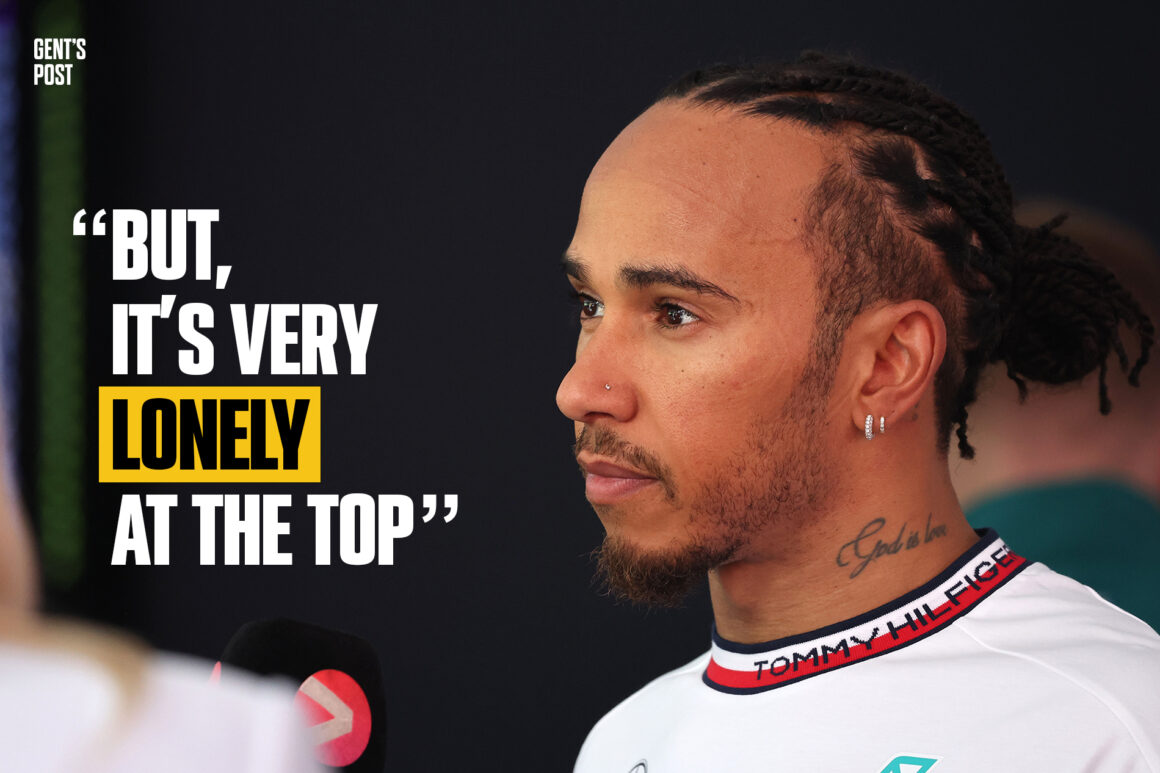
A relentlessly passionate voice
Hamilton doesn’t shy away from using his highly visible platform as a means to inspire change.
ADVERTISEMENT |
In the 2020 season, he took a knee at the start of the races, making a statement against racism. At the 2020 F1 Tuscan Grand Prix, Hamilton wore a black shirt with the words “Arrest the cops who killed Breonna Taylor” on the front. Also an ally of the LGBTQ+ community, Hamilton showed his support by wearing a Pride flag helmet when he won the Saudi Arabian Grand Prix in 2021.
When it comes to lending his voice to important causes, Hamilton won’t be silenced. After the Fédération Internationale de l’Automobile (FIA) introduced new rules restricting drivers from making “political, religious and personal statements,” unless pre-approved in writing in December, Hamilton vocally opposed the move, publicly stating that nothing will stop him from speaking out.
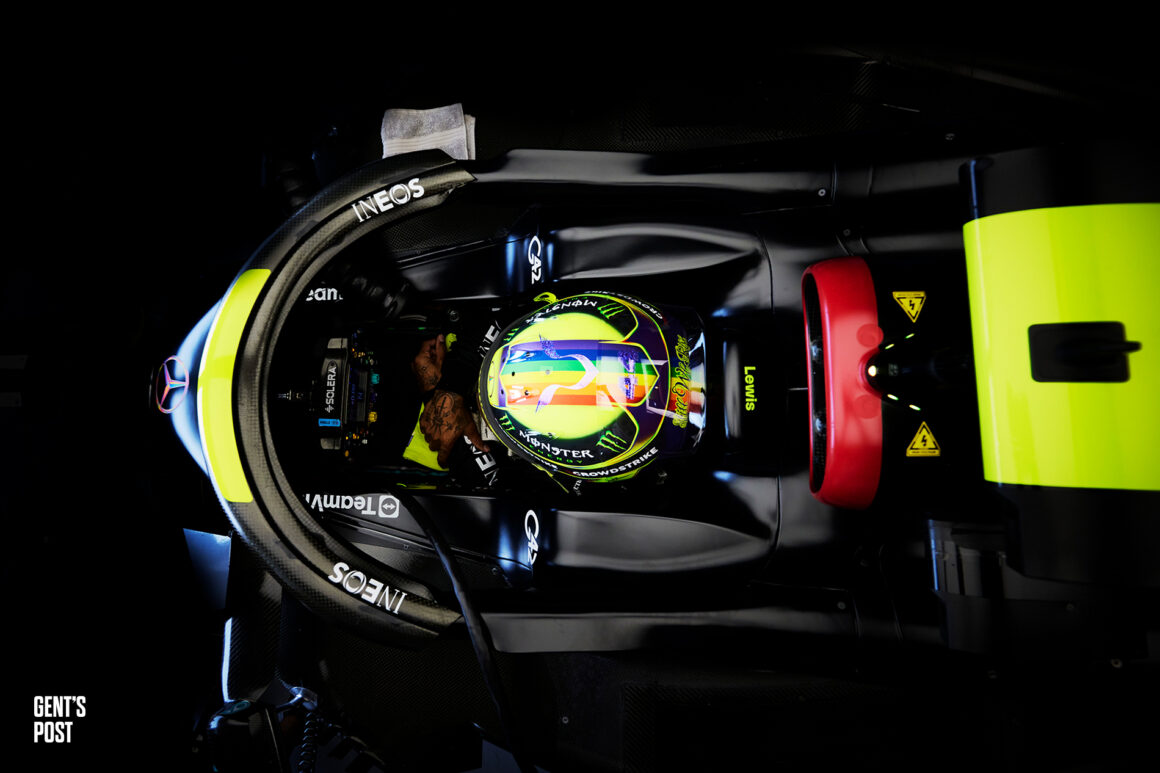
While breaking records is inevitably nice, Hamilton remains focused on changing the face of the spot.
“For me and my dad, we were the only people of colour on the racetrack and racing,” said Hamilton. “It’s great that now, we’re starting to see not only [the] audience being a lot more diverse, but [an understanding amongst] our team. When I was asking the questions like ‘Why am I the only person of colour in the room?’ There was never an answer for it. And I was not naturally happy with that answer. And everyone’s always saying, ‘We want the best in class.’ But I think that was almost insinuating that people of colour, or people from underserved communities, aren’t as talented.”
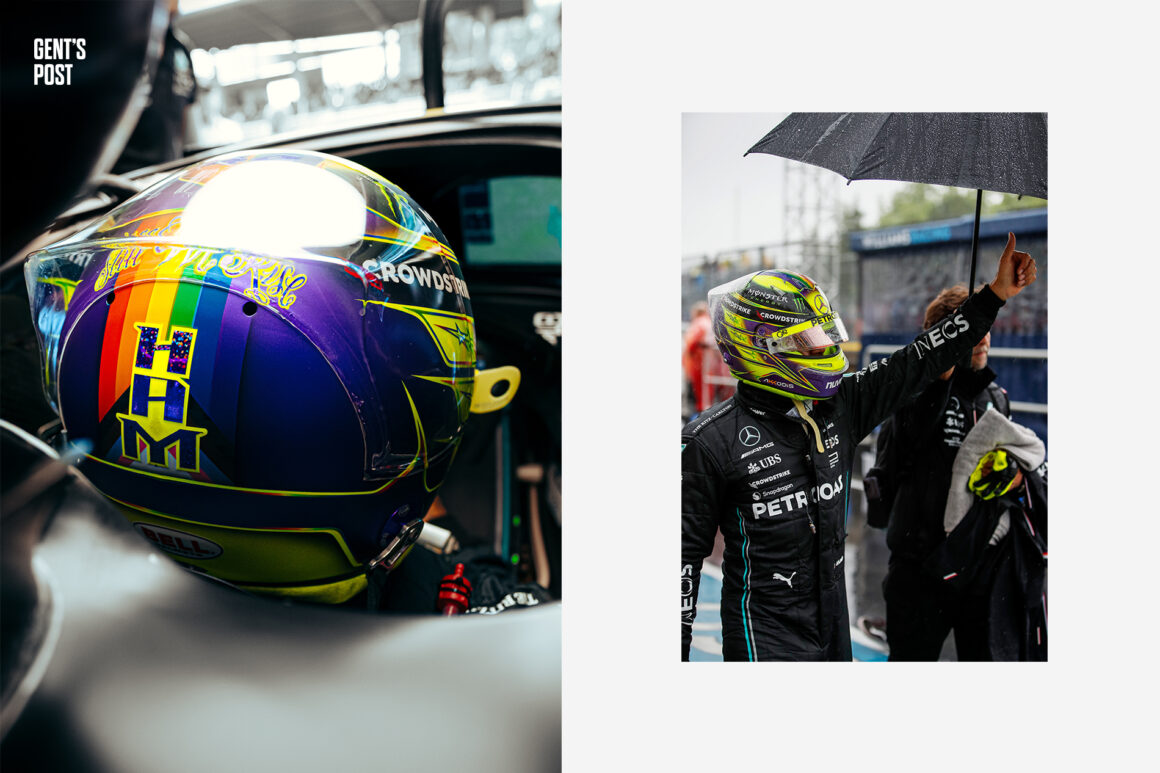
His legacy on and off the track
In terms of his legacy, Hamilton would rather be remembered for his change-making than for his performance behind the wheel. “Ultimately, I don’t really care to be remembered as the greatest, or even one of the greatest in my sport,” said Hamilton. “I feel more passionate about being able to look back at the sport in 10-to-20-years and see that it is more diverse, more accepting and more inclusive.”
ADVERTISEMENT |
While he’s already made major moves, his work is just getting started to reach this goal. “I’ve got a lifetime of work to do within the sport,” he told Grey. “I think more broader than that. It’s not just about uplifting young Black talent, it’s literally kids from all different backgrounds; helping them realize their dreams and [show them] that nothing’s impossible. It’s really put a rocket behind me.”
Hamilton told Grey that he’s partially fuelled by trying to stay in a positive mindset every day. “It’s about manifesting your dreams and goals,” said Hamilton. “I’m not perfect, but I always try and start my day off by saying positive things to myself; ‘This is what I’m going to do, this is where I’m going.’ And just never take your eye off the goal and just stay focused, you know.”
He admits, however, that this isn’t as easy to do as it sounds. “You know how hard it is (directed at Grey); many have had their ups and downs,” said Hamilton. “It’s not easy to just keep going and keep pushing, but I’m really grateful I get to work with an amazing team. And I do know that when I arrive, it’s how you turn up for everyone, because we’re all in it together. That’s why I always say, we win and we lose as a team.”
ADVERTISEMENT |
“…we win and we lose as a TEAM.”
Lewis Hamilton (@lewishamilton)

Authenticity and leaving the world a better place
The state of the environment is another cause close to Hamilton’s heart and he often takes to social media to share the devastating consequences of human behaviour on the environment. He doesn’t allow plastics in his homes and even kissed his private jet goodbye a few years back.
The plant-based activist acknowledges that his sport isn’t without its negative impacts on the environment, but highlights how it has been using hybrid technology since 2009, paving the way for today’s electric vehicles. Last year, Hamilton’s Mercedes team made headlines for dramatically reducing its carbon footprint during a triple-header, saving 44,000-kilos of CO2 from being released into the atmosphere by using vegetable oil to power their caravan.
“We’re travelling, we land, and there’s a lot of waste when we leave,” said Hamilton. “And it’s asking the difficult questions like we want to leave a positive legacy and leave the place better than it was – I think we should always leave the place better than when we arrived. And that’s having those difficult conversations with the people with the power to make those changes. So, I’m comfortable in challenging everyone.”
Hamilton is also comfortable with being exactly who he is by now. “I remember when I was younger, and I was heavily influenced by hip-hop and wore baggy clothes,” reflects Hamilton. “I remember when I came to McLaren and my boss looking me up and down, like, ‘What are you wearing?’ I remember having long hair and being asked to cut my hair. It was quite uncomfortable. And it took me a long time to just get confident and say ‘This is who I am, and you just have to accept me the way I am.’ Um, and that’s just been a real process.”
ADVERTISEMENT |
Hamilton was also seen at the recent Louis Vuitton SS24 runway in Paris (just after the races in Montreal)–likely to support Pharrell’ debut collection
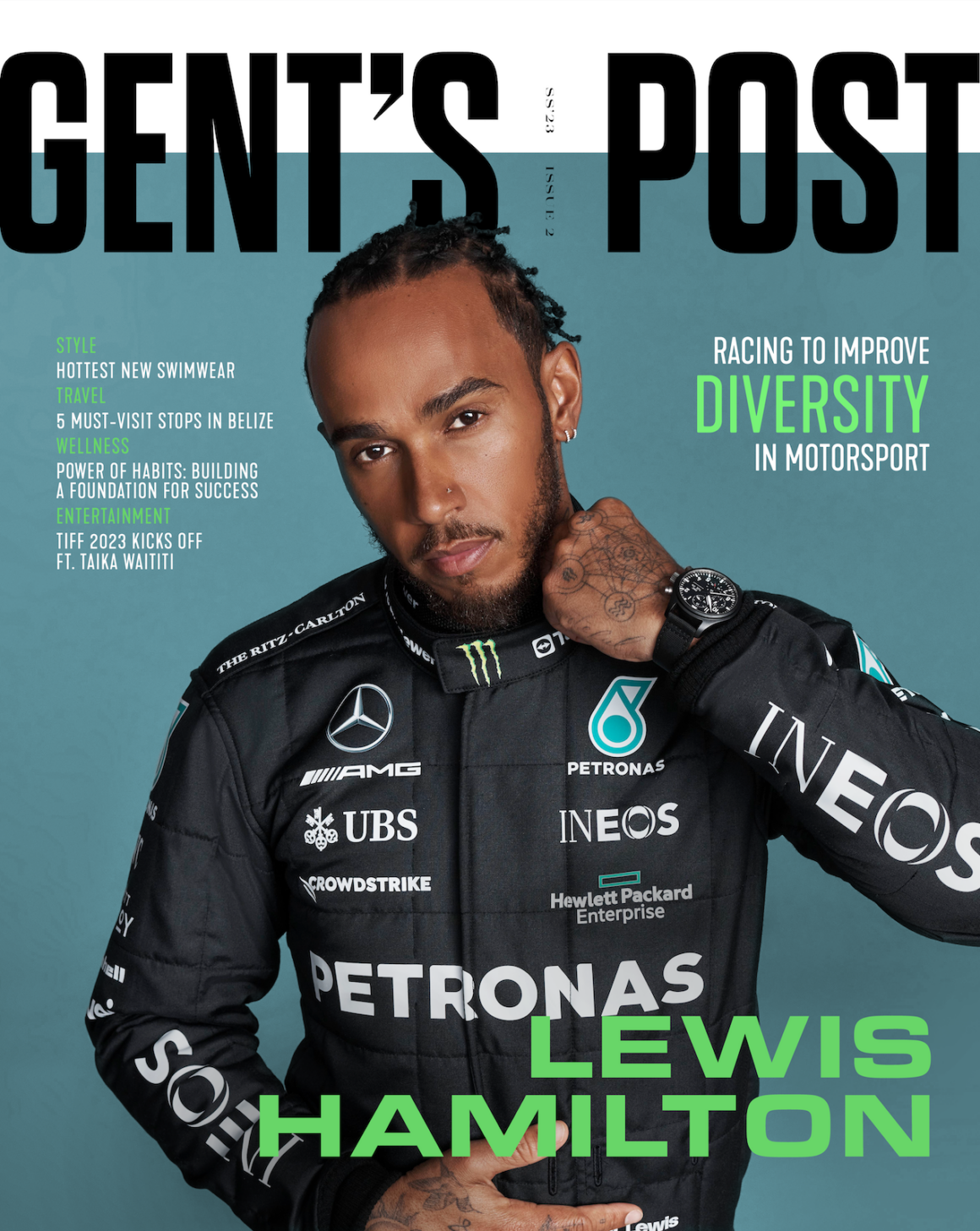
Credits
Words by Erin Davis. Edited by Steven Branco and Samir Mourani. Photography courtesy of Mercedes-AMG PETRONAS F1 Team / Mercedes-Benz Canada, and the respective photographer(s) credited accordingly. Art by Steven Branco.



